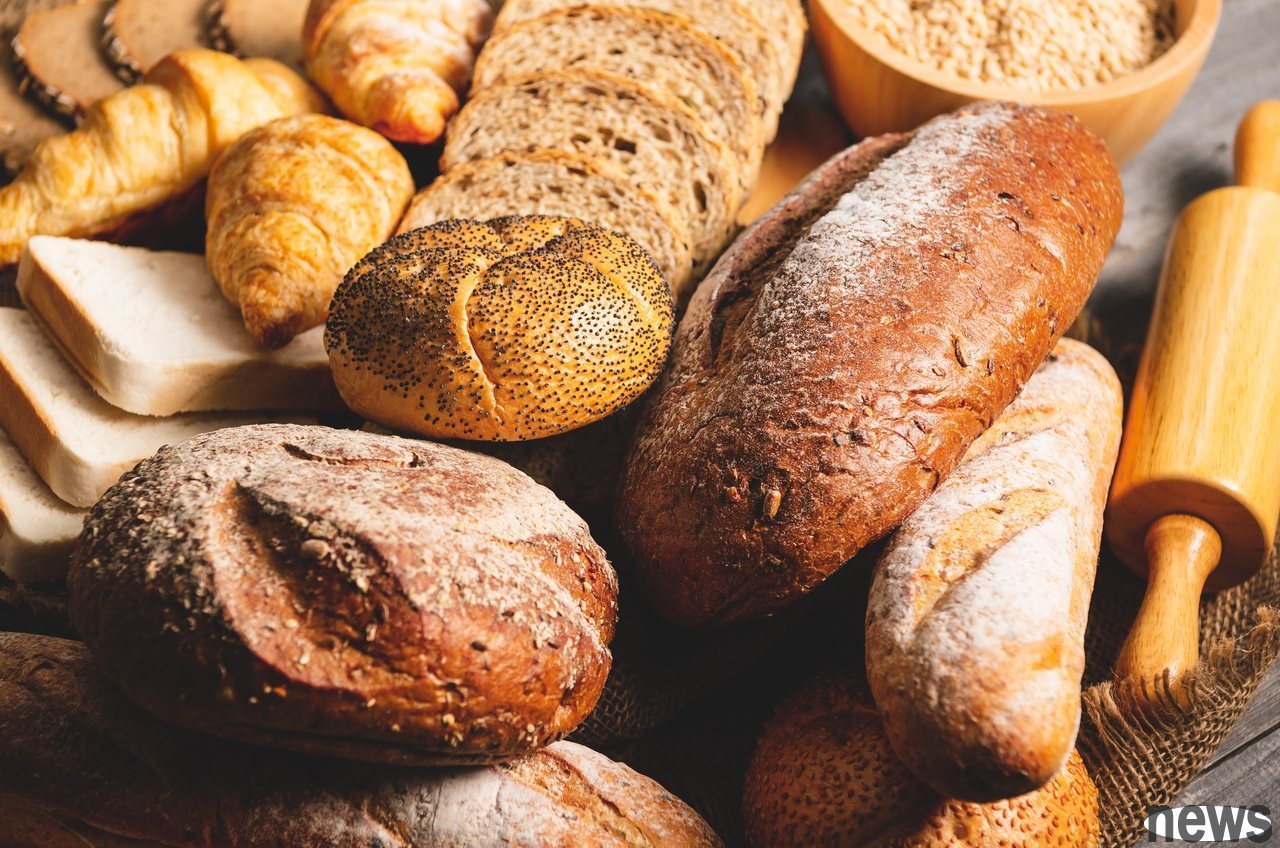The difference between carbohydrates and carbohydrates carbohydrates and carbohydrates are very confusing. Most chemical structures of carbohydrates use Cm (H2O)n to represent a compound that combines water and carbon, which was previously called aq...
 The difference between carbohydrates and carbohydrates
The difference between carbohydrates and carbohydrates carbohydrates and carbohydrates are very confusing. Most chemical structures of carbohydrates use Cm (H2O)n to represent "a compound that combines water and carbon", which was previously called "aqueous carbon". But some carbohydrates are not the same, so they are not called carbohydrates, but instead they are called "saccharides" or "saccharides".
However, now people are still accustomed to using "carbohydrates", and the definitions of "sugar" and "saccharides" are also a bit confused. (Accusation note: "carbohydrates" is the old name, and the new name is called "saccharide". Saccharides are a large number of nutrients, divided into single-saccharides, double-saccharides, oligosaccharides and polysaccharides. Generally, a single-saccharide with sweetness is called "sugar", such as glucose and sucrose, with the English endings mostly ose.)
{99}Carbohydrates can be classified as nutrients, with "saccharides" that can be regarded as hot, and "fiber quality = dietary fiber" that cannot be regarded as hot. If classified from structure, it can be divided into single sugar, double sugar, oligosaccharide and polysaccharide. If classified according to this category, fibers, etc. belong to polysaccharides.
The current classification still retains the term carbohydrates, which are divided into sugar and fiber quality. The types of sugars are divided into single sugars, double sugars, oligosaccharides and polysaccharides. Single sugars and double sugars are common types of sugars. However, if according to this classification, fibers are structured as polysaccharides, but are fibers themselves, so polysaccharides cannot be included.
It is precisely because the carbohydrate language is still retained, and the habit of turning sugar into "sugar" will cause such confusion. The main ingredient of the representative sugar is sucrose, a double sugar, which is composed of glucose and fructose.
Saccharides are digested and absorbed by enzymes. The digestion and absorption are decomposed into a single sugar and then absorbed bySaccharides must be transformed into a smallest unit of single sugar before they can be absorbed by the body. If you want to absorb double or polysaccharides and other nutrients, you must first decompose them into single sugar.
The body consumes the most sugar powder. After chewing food in the mouth, it is broken down into a double sugar such as maltose through the digestive enzyme α-powder enzyme in the oral saliva. Then it comes from the stomach to the twelve fingers and kidneys, and combines with pancreatic juice containing α-powder enzyme, and further decomposes into maltose and dextrin. Then it is sent to the kidney, and the sterilase secreted by epithelial cell hairs is broken down into a single sugar such as glucose. After the final decomposition of glucose is absorbed by the epithelial cell hairline, it is sent to the liver through the microvascular channel through the liver.
After the double sugars of lactose and sucrose come to the kidney, lactose is decomposed by lactase, and sucrose is decomposed by sucrose and then absorbed. The rate of absorption and blood sugar value of
is decomposed into a single sugar and absorbed by the kidney and kidney. Once a single sugar like glucose is absorbed, the blood sugar level will rise rapidly. It can still be controlled when intraocular secretion is normal, but it will increase the burden on the pancreas, blood vessels or the body.
In order to avoid this situation, it is very important to decompose the "time" of absorption. Compared to refined white rice, brown rice can be slowly absorbed. The order of meals is "vegetable → fish meat → carbohydrates" can also make the absorption of sugar stable.
SaccharidesATP
Glucose digested and absorbed by the kidneys is not only stored in the liver, but also turns into a blood sugar circulation in the blood throughout the body. When glucose increases, blood sugar concentration (blood sugar level) increases accordingly. Blood sugar must be stored in muscle or fat tissue to adjust the concentration. Glucose in the muscle becomes a polysaccharide, and glucose in the fat tissue becomes fat. Blood sugar is an important source of heat, and its concentration is adjusted by the autologous nerve. In particular, brain or neural systems can only use heat from the sugar, and must ensure blood sugar levels.
Furthermore, glucose can be produced by glycolysis under oxygen-free respiration and TCA cycle under aerobic respiration. After producing heat, it will eventually decompose into carbon dioxide and water. When the sugar is converted to a hot amount, it is necessary to have enzymes composed of vitamin B1.
glucose is decomposed into two to form two molecules of pyruvate or lactic acid. At this time, two molecules of ATP (adenosine triphosphate) can be produced, which is a hot storage substance [saccharidification]. After obtaining oxygen,
pyruvate is converted into acetylase A in the granular line, and condenses with thymeacetic acid to form tric acid. Then after several stages, the chlorophylic acid cycle is changed back to oxalacetic acid, and the ATP of thirty to forty tens of tens of chlorophylic acid is produced before it is transformed into chlorophylic acid.
If you want to enter the citric acid circulation, you must obtain oxygen through respiration. In the absence of oxygen, pyruvate will turn into lactic acid. Not only will the effect of the gluten-free action stops from glycolysis, but it will also accumulate the fatigue substances of lactic acid.
TCA cycle (TCA cycle) The glycolysis of the
particle lines forms pyruvate, which decomposes into a physiological reaction cycle when carbon dioxide and water.
tric acid circulation can generate heat when it is carried out in the body.
The necessary intake of hot daily (by age)
kcal (kcal) is a necessary heat unit for activities or driving parts of the brain or heart, etc. The so-called 1kcal is the heat required to increase the temperature of 1 liter of water by 1°C. Excessive or insufficient heat extraction will affect physical health, and the necessary heat extraction standards for the day are also different for different ages, genders or activities. (Check note: Kcal can also be called Cal, and the hot unit can also be expressed in kj (kj). 1 kcal = 1 Cal = 4.184 kj. )
According to the "Japanese dietary standards" (2020 edition), the necessary heat estimates for a person in a day can be calculated by [Basic standard value × reference weight × body activity strength]. Basic thanks is the minimum heat used to maintain breathing, heartbeat, body temperature and other life activities under a tranquil state without doing anything. The so-called physical activity strength is an indicator of how much activity there is in a day, such as sports or daily activities.
As for the heat required for minors, males need 2800kcal for growth periods of 15 to 17 years, females need 2400kcal for ages of 12 to 14 years.
※ This article is excerpted from "The Nutrition Collection of NHK, Japan, to Create a Healthy Daily".

"Collection of Nutrition from NHK, Japan to Create a Healthy Day"
Author: Kaminichihiro, Fujii Yoshida Sohiro
Translator: Gao Shuzhen
Publisher: Ark Culture
Publication date: 2023/09/20
Responsible editor: Gu Zihuan